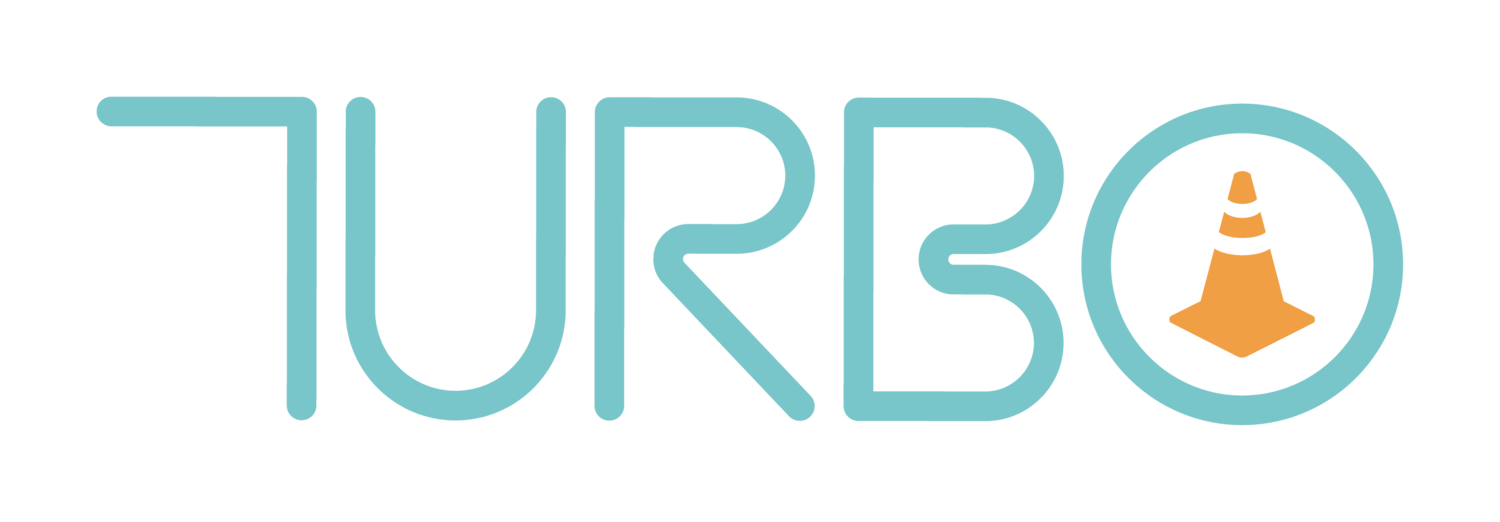Step 1: Identify + Respond
Community organizations and/or neighborhood associations must identify a need within their neighborhoods that can be solved by tactical means. These needs can include beautifying a local public space, improving the functionality of an underutilized space, enhancing the safety of a busy intersection, responding to development pressures, or many others. This can happen in one of three ways:
We actively solicit input from neighborhoods or organizations on changes they would like to see happen or problems they face.
Neighborhoods reach out to us via an online submission form or work order, which we routinely promote to neighborhood leaders and associated organizations.
We hear via word of mouth that a neighborhood wants to get involved, and we reach out to that neighborhood to get more information on the challenges they face.
As we receive community input through this process, we will work as an organization to select the most promising and achievable neighborhood projects, determined by scope of project, available manpower, our current capacity, and level of neighborhood interest. Then we will pursue further conversations with these neighborhoods. Conversations should still be had with those neighborhoods whose projects we don’t take on immediately to establish a relationship and lay a foundation for potential future projects with those groups. If neighborhoods have issues we feel cannot be solved by tactical means or we believe are not a good fit for us, we will work to direct those neighborhoods to other local public and private resources.
Step 2: Analyze
After all neighborhood input has been distilled into a smaller set of promising projects, members of TURBO Nashville’s Outreach Committee will set up meetings with the leaders of the selected neighborhood group(s) to discuss in-depth the scope of the problem and begin thinking about potential approaches for addressing the community’s needs. This will act as a means for us to gauge neighborhood enthusiasm and resources and will help ensure we only pursue projects that are likely to be successful.
Step 3: Conceptualize
Supported by the TURBO Design Committee, the neighborhood group will begin the brainstorming process to craft an intervention. After discussing results of the initial analysis meeting with the Outreach Committee, the Design Committee will present a series of potential intervention plans to neighborhood leaders, and TURBO will help the neighborhood organize and run a design charette with neighbors if appropriate. Design Committee members will solicit feedback from neighbors during these design charettes, and the results of the charette will be incorporated into a final design proposal by the TURBO team.
Step 4: Plan + Execute
With a design finalized, neighborhood leaders will reach out to the necessary community partners, coordinate and purchase materials, organize volunteers, and create a maintenance plan for the intervention once installed. TURBO Nashville will assist in providing resources and support materials to facilitate final planning and project implementation, but will not directly provide labor or building materials. As a part of the planning process, neighborhoods will need to decide:
What materials are needed for the intervention and how to best source these items.
How many volunteers are needed for the intervention and how to best recruit them.
What an appropriate timetable is for the intervention.
How to ensure maintenance and safety of the intervention.
While TURBO will not directly carry out any neighborhood projects, TURBO representatives need to be on-site during the intervention to document and supervise the project. TURBO representatives will also be available on an ongoing basis to answer questions as they arise and help plan for eventual removal of project.






